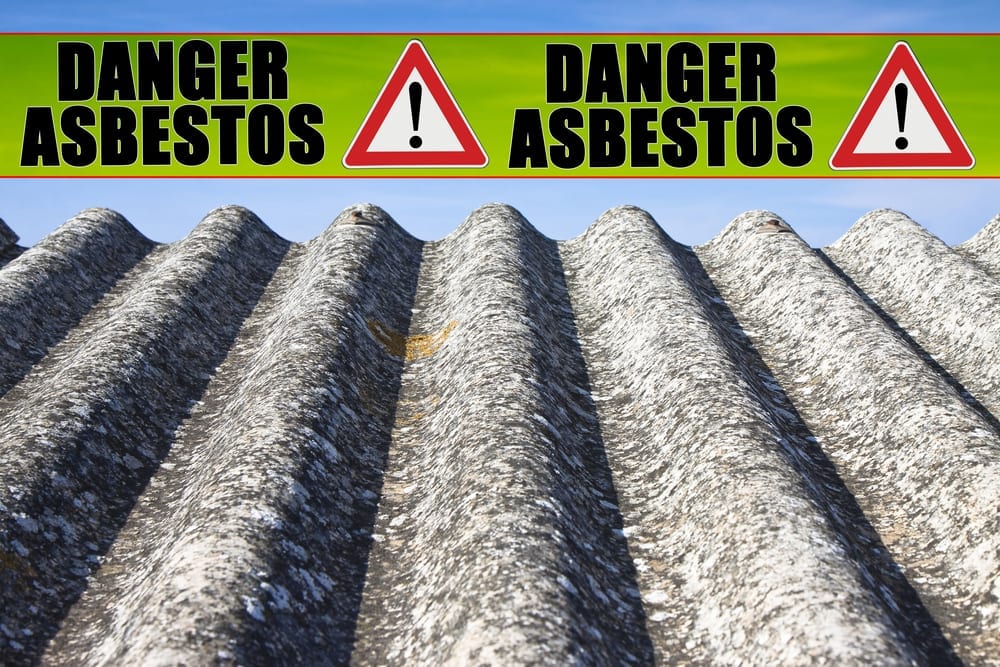Asbestos is deadly. When you really think about it, it’s hard to believe that, for so many years, the toxic material was used as an insulation source in the construction of homes and other buildings. Thankfully, the federal government has imposed a ban on asbestos. However, it only took effect a year ago.
Announced by Prime Minister Justin Trudeau back in December of 2016, Canada’s comprehensive ban of asbestos finally took effect on December 30, 2018. Known as The Prohibition of Asbestos and Products Containing Asbestos Regulations, a new set of rules now prohibits the import, sale and use of asbestos and the manufacture, import, sale and use of products containing asbestos in our country, with some exceptions.
For many Canadians, the asbestos ban came too late.
While the asbestos ban was widely praised, it came far too late for far too many Canadians. The material is a known cause of numerous respiratory diseases including lung cancer, asbestosis and mesothelioma which are all fatal. As Kathleen Ruff reports on RightOnCanada.ca, cases of mesothelioma in Canada have steadily spiked over the years.
“Between 2000 and 2016 the number of Canadians dying from mesothelioma increased from 292 deaths in 2000 to 510 in 2016 – an increase of 70 per cent,” she writes, “In total, according to the latest data from Statistics Canada, almost seven thousand Canadians died from mesothelioma during this period.”
Asbestos remains a national problem.
Even with Canada’s asbestos ban in effect, the material still exists in many buildings throughout the nation. If left alone, it is relatively harmless. However, whenever disturbed and made airborne, asbestos fibres can get trapped in our lungs, causing many of the aforementioned diseases.
On Canada.ca, the Government of Canada warns that asbestos can be found in such products as cement and plaster, industrial furnaces and heating systems, floor and ceiling tiles, house siding, car and truck brake pads and vehicle transmission components, such as clutches. The site goes on to explain that you can reduce your risk of exposure by hiring a professional to test for asbestos before doing any renovations, remodelling, demolitions or additions.
“If you have vermiculite-based insulation in your attic, it may contain asbestos,” adds Canada.ca, “To avoid exposure to asbestos fibres, do not disturb vermiculite-based attic insulation in any way or attempt to remove it yourself.”
At Enviro-Works Inc., we test for Asbestos In Air.
Once air samples have been safely collected by trained 3rd party professionals using approved protocols, these samples are submitted to the lab for analysis. In the lab, we safely prepare and analyze samples following our in-house method.
Using phase contrast microscopy (PCM), the scope of this analysis is to quantify the level of airborne fibres present within a sample area which meet the criteria of the NIOSH 7400 A & B counting rules. All fibres are counted that meet the criteria and therefore “asbestos” fibres cannot be distinguished using this method. We confidentially report all of our findings to our clients and strive to provide the best quality service in a timely manner.
For more information about how we test for Asbestos In Air, please don’t hesitate to call us at 780-457-4652 or email us at info@enviro-works.com. Please note that we will be closed from Christmas Day to New Year’s Day. Happy Holidays!
